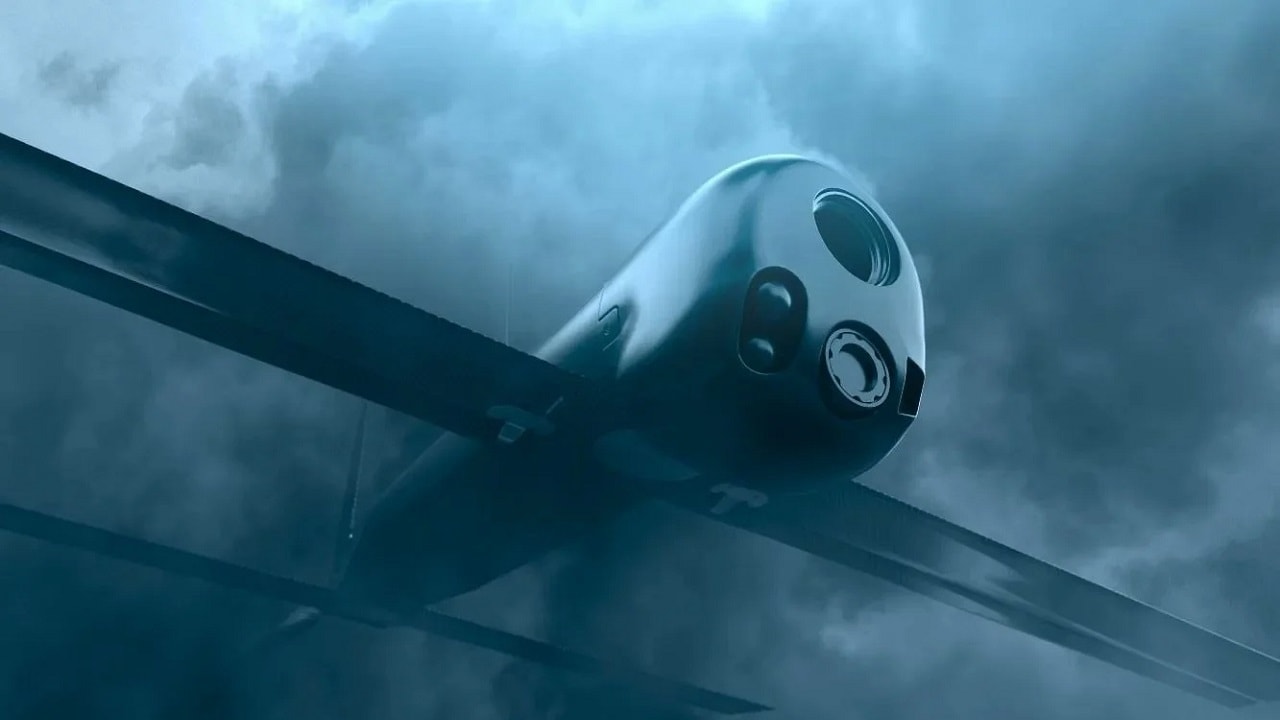The war in Ukraine is getting more and more intense by the day. That means whatever weapons the West and NATO can provide is critical. And that means Kyiv wants as many Switchblade weapons as it can get: The AeroVironment Switchblade drone comes in two different variants. The more common variant is the 300, and its heavier counterpart is the 600. The 300 is extremely portable, measuring two feet and just six pounds; it launches from a tube with compressed air. The Switchblade 300 is so small and lightweight that a single infantry troop can carry it in his pack. Transportable and quite easy to launch, the Switchblade 300 has proved its value as a tool for troops engaging with long-range targets or needing to quell enemy fire.
While most call the Switchblade a drone, the system is officially referred to as a loitering munition because, unlike a drone, the Switchblade is unrecoverable. It is really a kamikaze device.
An Unrecoverable Missile
Once launched, a weapon has a range of 6.2 miles and an operating window of 10 minutes. These limitations make the Switchblade ill-equipped for use in a scouting role. Its only purpose is to act as an unrecoverable missile. “Through the Switchblade’s color camera and GPS, a human operator uses a Ground Control Station to select and engage targets,” I wrote in May. “Alternatively, the Switchblade can be pre-programmed to conduct a mission on autopilot, although the preset detonation can be called off within four seconds of impact.”
The Switchblade 300 offers a precise weapons blast using a warhead roughly equivalent to a 40mm grenade. “The Switchblade 300…packs a warhead the size of a Claymore mine – C-4 explosives matched with hundreds of small metal ball bearings,” my colleague Stavros Atlamazoglou wrote. The detonation sprays pellets forward-only, in the direction the Switchblade was flying, rather than in a full circle. The theory is that a more precise strike will reduce collateral damage. The ideal targets for the 300 are enemy troops and light armored vehicles. The 600 model, with its anti-tank guided missile, is powerful enough to take out armored vehicles. Either model can be self-destructed when necessary – a feature designed to keep the technology from falling into enemy hands.
Quicker, cheaper CCLR
The Switchblade is a descendant of a DARPA program called Close Combat Lethal Reconnaissance. As I have written before, “The CCLR was very similar to the modern Switchblade. The main difference: CCLR relied on a fiber-optic cable, which spooled out behind the vehicle as it flew. The Switchblade instead uses a more sophisticated radio guidance system.”
The system was designed with Afghanistan in mind, especially the need to thwart enemy ambushes. The weapon was intended to be a cheaper, quicker alternative to calling in close air support from an A-10 Warthog or AH-64 Apache. The Switchblade “is relatively cheap, designed to minimize collateral damage, and capable of launching in moments,” I wrote. An A-10, it must be noted, is certainly more effective than the Switchblade.
The weapon proved itself in Afghanistan. The U.S. Army, Marine Corps, and special forces all used the Switchblade with success starting in 2012. By the end of Operation Enduring Freedom, about 4,000 Switchblades had been deployed. Another 350 Switchblades were used against ISIS in Iraq and Syria.
The kamikaze weapon made headlines in March, when the U.S. sent 100 of the kamikaze drones to Ukraine as part of an $800 million weapons package.
Harrison Kass is a Senior Defense Editor at 19FortyFive. An attorney, pilot, guitarist, and minor pro hockey player, he joined the US Air Force as a Pilot Trainee but was medically discharged. Harrison has degrees from Lake Forest College, the University of Oregon School of Law, and New York University’s Graduate School of Arts & Sciences. He lives in Oregon and regularly listens to Dokken.

